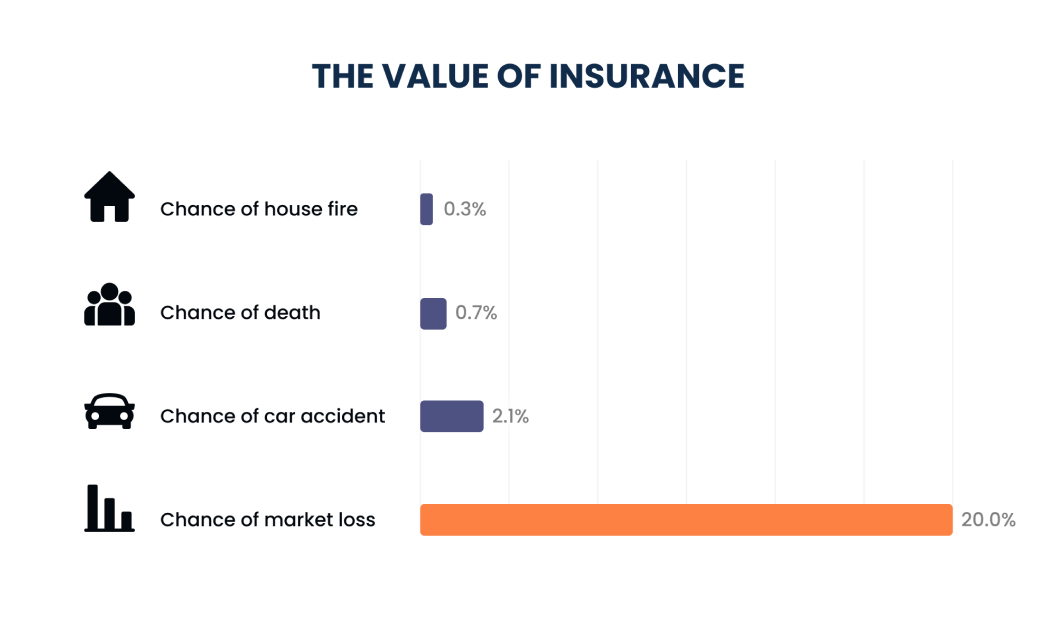The buffer strategy is an options-based risk management strategy designed to:
- Protect (or “buffer”) against a targeted level of losses in declining equity markets.
- Participate in gains to a predetermined cap in rising equity markets.
This two-minute video shows how the buffer strategy works.


